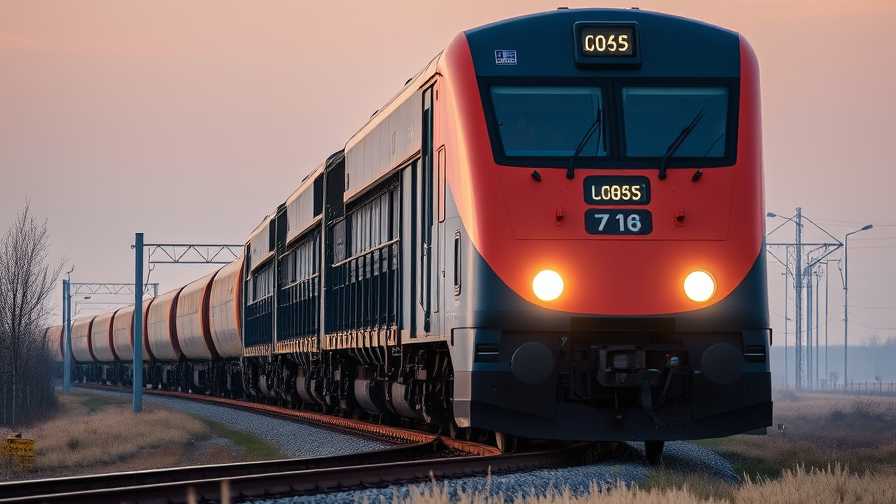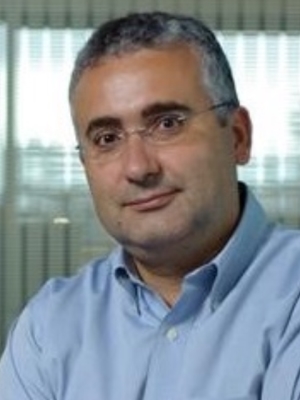Efficient Safe Train Dynamics
Mobility Initiative Project

This project studies the mathematical, physical, technical, and organisational conditions allowing and enabling higher degree of automation in railway traffic. The largest issue at hand is the variability and ignorance of precise values in train dynamics, especially for freight trains which feature various length, weight and wagon conditions, and are often carrying partially unknown goods (of partially unknown weight). For such vehicles the maximum acceleration that can be achieved for a specific traction force (i.e., a driving command), for both acceleration, cruising and especially for safe braking is currently unknown. This results in a conservative estimation of braking rate and dynamic performance, which decreases performance at the individual train level (going slower) as well as at the network level (running fewer trains). As a consequence, evaluation of increasing automation results in little added value. This project leverages data and mathematical modelling for tackling this challenge in three main steps.
Novel data sources will be examined (including high resolution position and accelerometers; force and power sensors) in order to facilitate the development of an accurate physical model. The numerical model will be established in a multibody simulation environment and will feature a parametrized form allowing for updating of critical parameters on the basis of the available data, within a stochastic setting.
The updated physical model will then be used in a predictive mode to obtain guarantees on maximum/ effective braking and acceleration, thus complementing the current organisational and safety procedures.
We suggest developing a novel control regime which can safely allow for more performant trajectories (going faster, braking later, running closer to each other). Margins of error will be established in order to quantify the safety that can be guaranteed by the model which will depend on the modelling precision. We plan to compare the resulting network performance with the expected performance of human drivers under the current rules in simulated or real-life experiments.
Head of Inst. Transport Planning and Systems
Professur für Transportsysteme
Stefano-Franscini-Platz 5
8093
Zürich
Switzerland

Inst. f. Baustatik u. Konstruktion
Stefano-Franscini-Platz 5
8093
Zürich
Switzerland

Head of Inst. Dynamic Systems and Control / Head of Center for Sustainable Future Mobility
Dyn. Systeme u. Regelungstechnik
Sonneggstrasse 3
8092
Zürich
Switzerland

Chair in Nonlinear Dynamics
Leonhardstrasse 21
8092
Zürich
Switzerland

Partner
- SBB
Roadmap
03.2025 - 03.2028 (36 months)